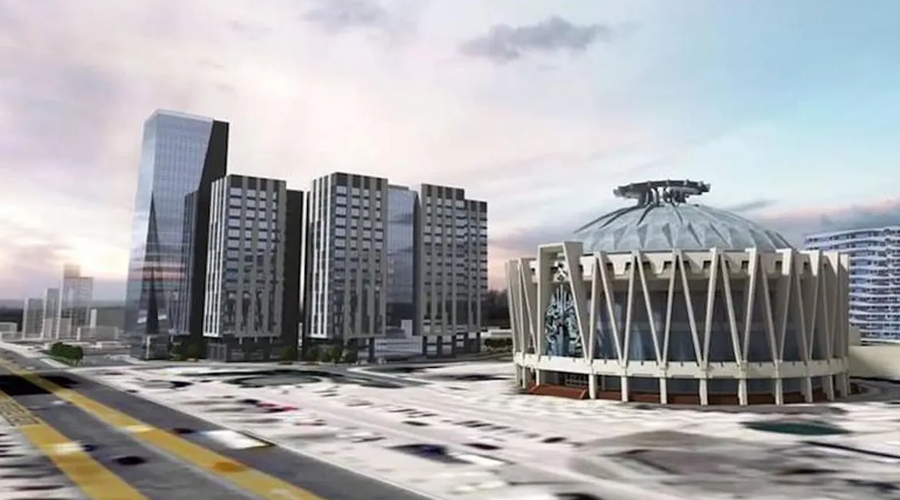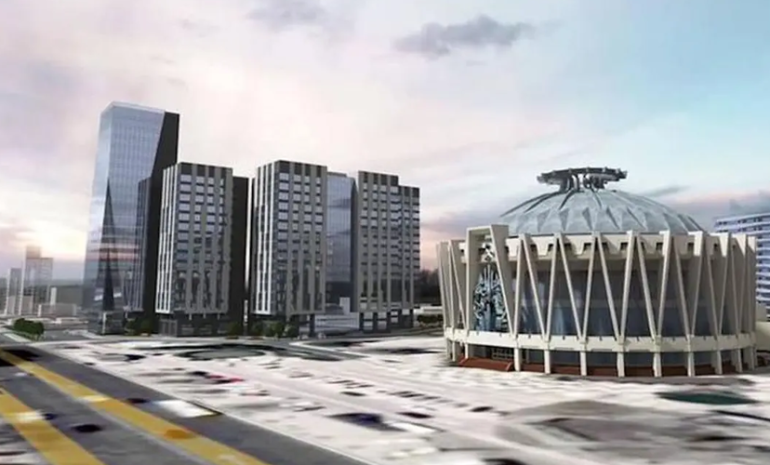Urbanization is a global phenomenon, with cities expanding at an unprecedented rate. As urban populations grow, so does the demand for robust and efficient infrastructure. However, developing urban infrastructure in rapidly growing cities presents significant challenges. These challenges range from managing resource constraints to ensuring sustainability and maintaining a high quality of life for residents. In this blog post, we will explore the key challenges of urban infrastructure development and discuss strategies to address them effectively.
1. Managing Population Growth
One of the most pressing challenges in urban infrastructure development is managing the rapid influx of people. Growing cities need to accommodate increasing populations while maintaining livability. This requires:
- Efficient Urban Planning: Implementing comprehensive urban planning to ensure balanced development, prevent overcrowding, and allocate space for residential, commercial, and recreational areas.
- Affordable Housing: Developing affordable housing solutions to prevent the proliferation of informal settlements and ensure that all residents have access to safe and decent living conditions.
- Public Services: Expanding public services such as healthcare, education, and sanitation to meet the needs of a growing population.
2. Ensuring Sustainable Development
Sustainability is a critical consideration in urban infrastructure development. Cities must balance growth with environmental stewardship to ensure a sustainable future. Key strategies include:
- Green Building Practices: Promoting the use of sustainable construction materials and energy-efficient designs to reduce the environmental impact of new buildings.
- Renewable Energy: Integrating renewable energy sources such as solar and wind power into the urban grid to reduce dependence on fossil fuels.
- Public Transportation: Investing in efficient and reliable public transportation systems to reduce traffic congestion and lower carbon emissions.
3. Addressing Traffic Congestion
Traffic congestion is a common problem in growing cities, leading to longer commute times, increased pollution, and reduced productivity. To address this issue:
- Smart Traffic Management: Implementing smart traffic management systems that use real-time data to optimize traffic flow and reduce congestion.
- Multi-Modal Transportation: Encouraging the use of various transportation modes, including biking, walking, and public transit, to reduce reliance on private vehicles.
- Infrastructure Expansion: Expanding road networks and improving existing infrastructure to accommodate increased traffic volumes.
4. Upgrading Aging Infrastructure
Many growing cities have aging infrastructure that needs upgrading to meet modern demands. This includes roads, bridges, water supply systems, and sewage networks. Solutions involve:
- Regular Maintenance: Establishing routine maintenance schedules to extend the lifespan of existing infrastructure and prevent costly breakdowns.
- Infrastructure Modernization: Investing in modernizing aging infrastructure with advanced materials and technologies to enhance durability and efficiency.
- Public-Private Partnerships: Leveraging public-private partnerships (PPPs) to fund and manage large-scale infrastructure projects, ensuring timely and cost-effective upgrades.
5. Enhancing Resilience to Climate Change
Climate change poses significant risks to urban infrastructure, including extreme weather events, rising sea levels, and increased temperatures. To enhance resilience:
- Climate-Resilient Design: Incorporating climate-resilient design principles in infrastructure projects to withstand extreme weather conditions.
- Flood Management: Developing robust flood management systems, including improved drainage and flood barriers, to protect urban areas from flooding.
- Green Spaces: Creating green spaces and urban forests to mitigate the urban heat island effect and improve air quality.
6. Ensuring Financial Sustainability
Financing urban infrastructure development is a significant challenge, especially in resource-constrained settings. Strategies to ensure financial sustainability include:
- Innovative Financing Models: Exploring innovative financing models such as municipal bonds, PPPs, and international funding to finance infrastructure projects.
- Efficient Budgeting: Implementing efficient budgeting and financial management practices to ensure that funds are allocated and used effectively.
- Community Involvement: Engaging the community in planning and funding initiatives to foster a sense of ownership and ensure that projects meet local needs.
7. Integrating Technology and Innovation
Technology and innovation play a crucial role in addressing urban infrastructure challenges. By integrating smart technologies, cities can enhance infrastructure efficiency and service delivery. Key approaches include:
- Smart Cities: Developing smart city initiatives that leverage IoT, big data, and AI to improve infrastructure management and service delivery.
- Digital Twins: Using digital twin technology to create virtual models of urban infrastructure, enabling better planning, monitoring, and maintenance.
- Automation and Robotics: Incorporating automation and robotics in construction and maintenance activities to improve efficiency and reduce costs.
Conclusion
Addressing the challenges of urban infrastructure development in growing cities requires a multifaceted approach that balances growth with sustainability, resilience, and efficiency. By adopting innovative planning, leveraging technology, ensuring financial sustainability, and prioritizing environmental stewardship, cities can create robust infrastructure systems that support thriving urban environments. As urbanization continues to accelerate, proactive and strategic infrastructure development will be essential to ensure that cities remain livable, resilient, and sustainable for future generations.

